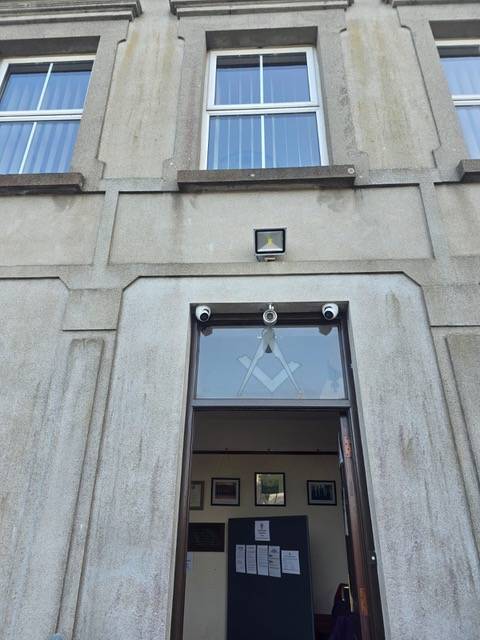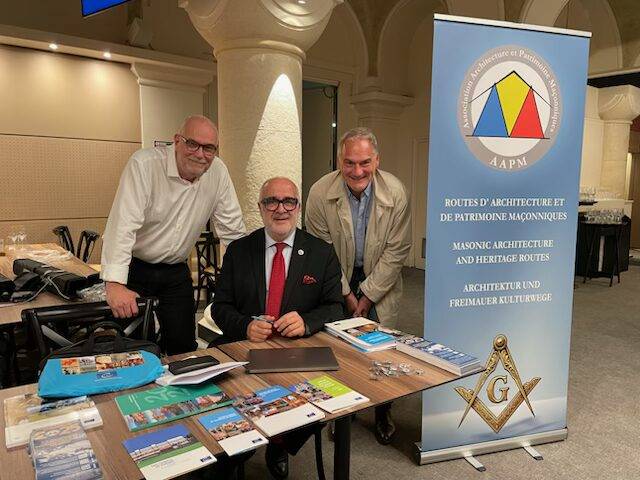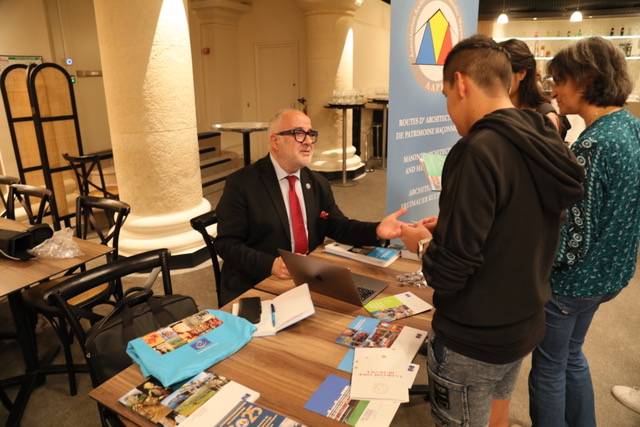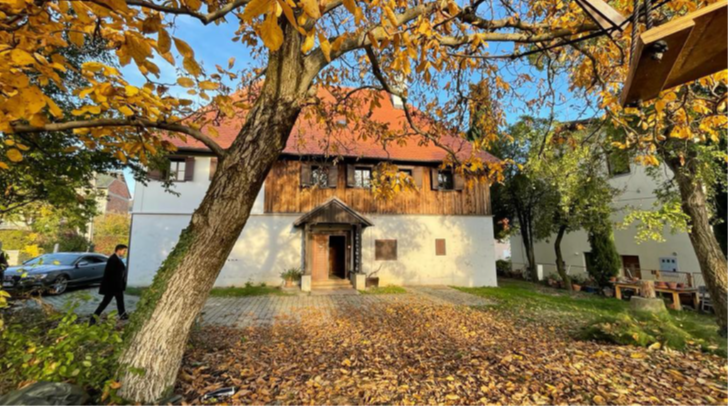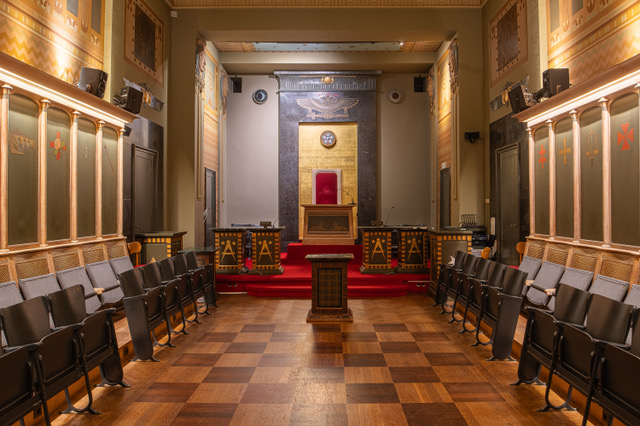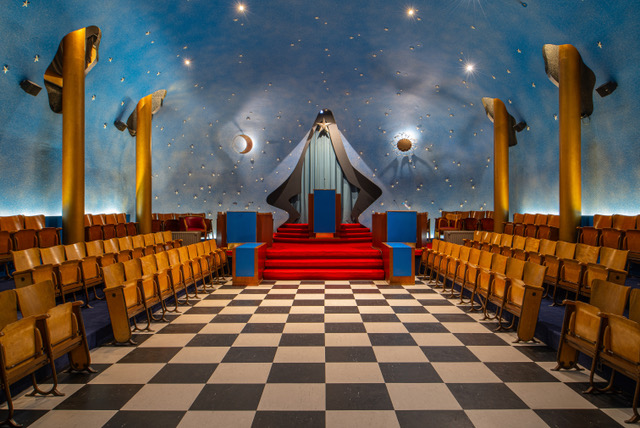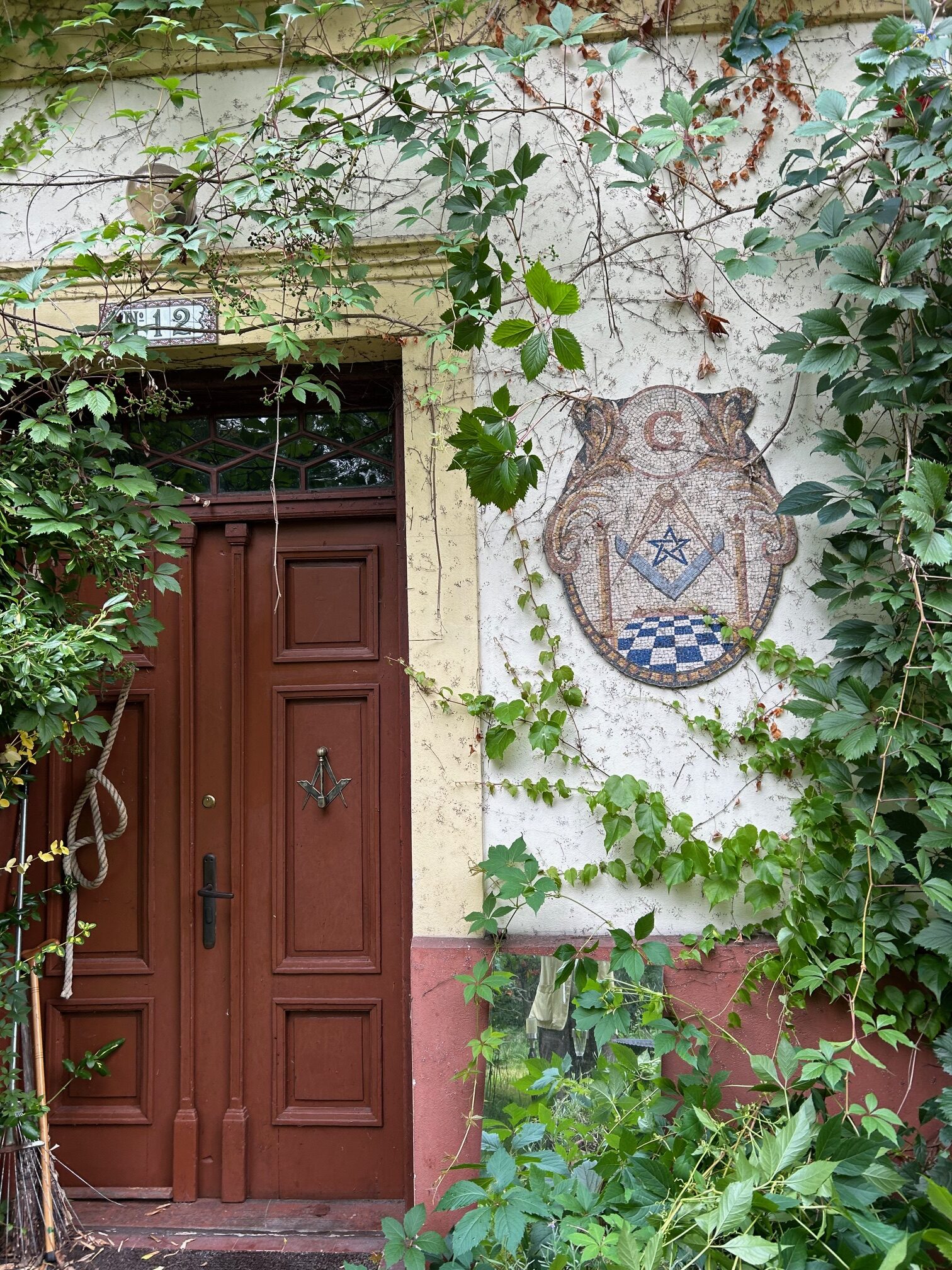MASONIC ARCHITECTURE AND HERITAGE ROUTES
Preserve and Enhance Masonic Heritage

The itinerary comprises around thirty sites: temples, libraries, private collections, museums, theaters, and birthplaces.
Most of Masonic history is rooted in Europe. One of the key aspects of this itinerary is the recognition of the essential contribution of tradition and a certain cultural diversity through an essential interdisciplinary dialogue covering the period from the 17th to the 21st century.
Freemasonry is an integral part of European civilization, to which it has made a unique and lasting contribution over the past three hundred years. The cultural itinerary program is an innovative and attractive way to highlight this remarkable history for a wider audience.
European Masonic heritage, represented throughout Europe, promotes the discovery of a specific craftsmanship, as well as the recognition of the major role Freemasons have played in the continent’s history.
The size of these itineraries varies greatly, with some covering just a city, while others span a region, a country, or even several, thus taking on an international dimension.
Must-Visit Destinations
France
MASONIC ARCHITECTURE AND HERITAGE ROUTES IN FRANCE
Along the paths of the Masonic Architecture and Heritage Route, there are exceptional sites to discover in the South, along the western Atlantic coast, and up to the capital. These sites are true discoveries not to be missed.
Austria
MASONIC ARCHITECTURE AND HERITAGE ROUTES IN AUSTRIA
n Austria, the paths lead to Vienna, rich in Masonic history, which can be discovered throughout its well-restored streets and buildings. Exploring this history takes one back to a significant heritage, from Mozart to the Austro-Hungarian Empire, where Freemasonry is prominently present.
Serbia
MASONIC ARCHITECTURE AND HERITAGE ROUTES IN SERBIA
A stroll through Belgrade offers many architectural surprises, revealing true treasures engraved on the facades of buildings. You will also find two suggested walks in the city, which provide a glimpse into Serbian heritage that has been miraculously preserved despite challenging periods since 1940. Enjoy the discovery !
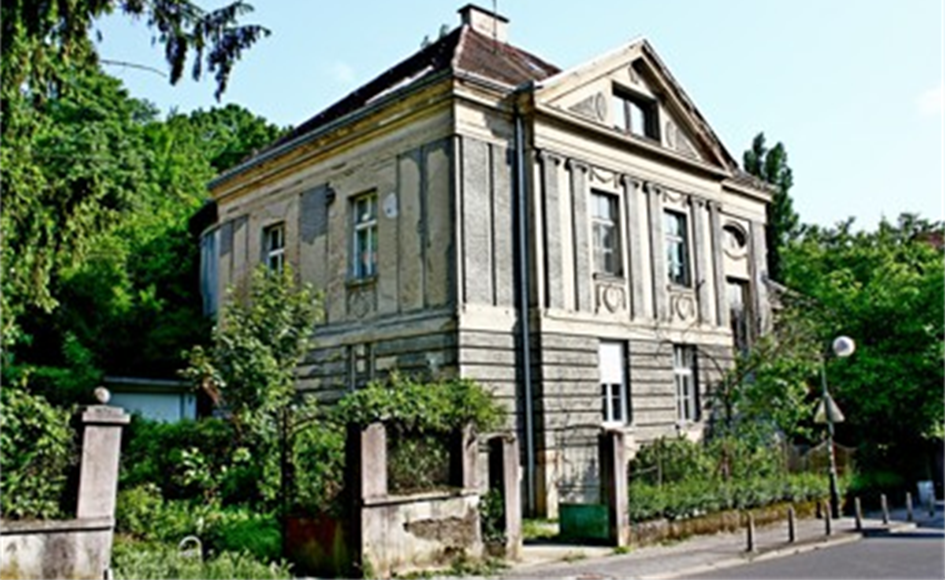
Croatia
MASONIC ARCHITECTURE AND HERITAGE ROUTES IN CROATIA
The oldest Masonic lodge in Zagreb was located in a building on Rue Vlaška no. 5. The house was built in 1733 and the Masonic Lodge was founded there in 1773.
The bearded head on the arch above the entrance door represents John the Baptist, patron saint of the St John lodges to which Prudentia apparently belonged. In the current pantry, there is a secret passageway, now walled off, which would have led to the bishop’s court and which was used by bishops and canons.
This secret tunnel led to the lodge from Kaptol (archdiocese of Zagreb). Bishop Joseph pl. Galjuf used it to come to the work of the Lodge, of which he was Worshipful Master with the secret name Ebiscius (1778). The second Bishop Maximilijan Vrhovac was his Regent/Deputy and later Orator in the Lodge with the secret name Publicola (1784).
Romania
MASONIC ARCHITECTURE AND HERITAGE ROUTES IN ROMANIA
Since 1848, there existed in the center of Bucharest a ‘Street of the Freemasons,’ which retained this name until October 1940 (renamed Ștefan Furtună during the communist era and Mircea Vulcănescu since 1990). The ‘Master Mason Manole Walk’ attests to a myth of the guild of church builders in the Middle Ages on the territory of present-day Romania, which Mircea Eliade had already connected to the founding myths of Freemasonry. The country offers explorers all sorts of discoveries of remarkable architectural and Masonic heritage sites.
Belgium
MASONIC ARCHITECTURE AND HERITAGE ROUTES IN BELGIUM
The diversity and remarkable architecture of Temples in Belgium, whether in Brussels, Ghent, Antwerp, Liège, Bruges, Tournai or Namur, is a real incentive to follow the paths of Freemasonry. The cultural and historical heritage is not to be outdone, and will fuel everyone’s curiosity!
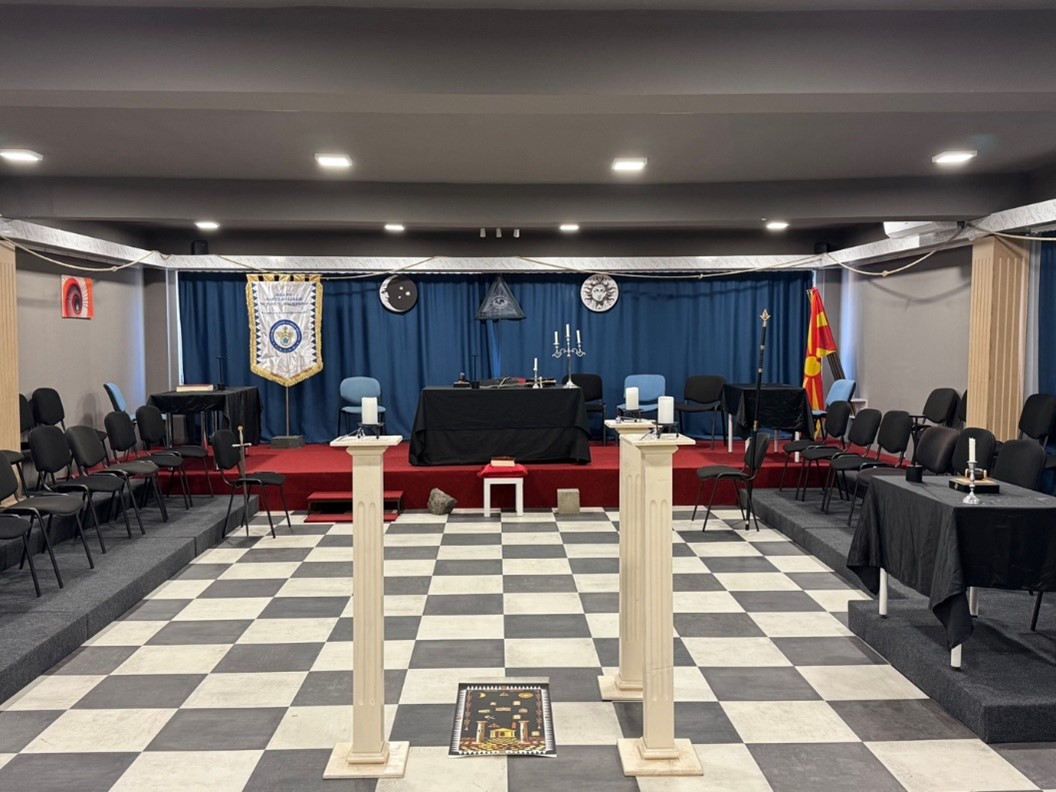
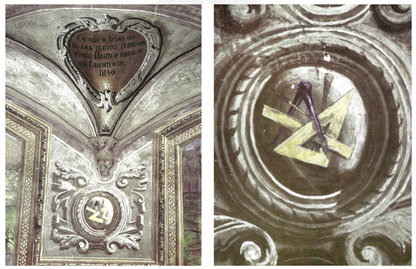
North Macedonia
MASONIC ARCHITECTURE AND HERITAGE ROUTES IN NORTH MACEDONIA
Speculative freemasonry was present in the geographic regions of Macedonia since the start of the 19th century, wherein number of brethren residing in the territory of the former Otoman (Turkish) Empire were able, intermittently, to be part of masonic lodges.
The journey of the Grand Lodge of North Macedonia began in 2016, under the benevolent guidance of the Grand Regular Lodge of Slovenia. This marked the genesis of the sacred work back in the country.
Slovenia
MASONIC ARCHITECTURE AND HERITAGE ROUTES IN SLOVENIA
The seed of Freemasonry fell on Slovenian soil as early as the 18th century, but it was only with the Illyrian Provinces that it began to sprout within the local population. Historical circumstances then froze this growth, but when it finally flourished at the end of the 20th century, Slovenian Freemasonry drew from this same source. The paths are diverse and attractive in strolls through the capital.
Poland
MASONIC ARCHITECTURE AND HERITAGE ROUTES IN POLAND
In Poland, the journey first leads to the University Library of Poznan to see 80,000 Masonic works in various languages, including 2,400 in French dating back to 1730, which were stolen during World War II by the Nazis.
Next, in Tarnowskie Góry, a UNESCO-listed town, the cultural heritage has been enriched thanks to the town hall, which recovered objects from two Masonic lodges destroyed by the Nazi regime to create a museum. In this region, rich in silver mines, Freemasonry was highly developed. In the same town, a beautifully reconstructed castle houses a Masonic museum and a temple with Masonic furniture, where the lodge of the Grand Lodge of France has been able to meet for its work. One can spend a few days there, as there is a hotel and a restaurant.
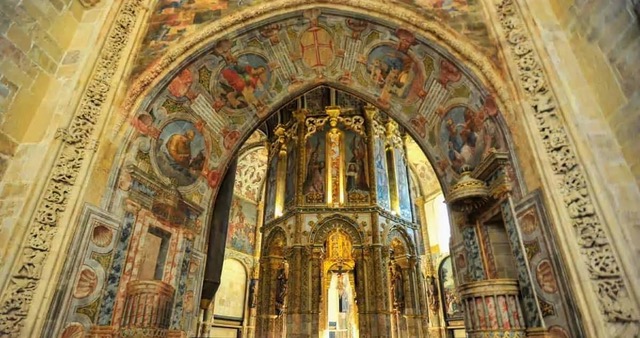
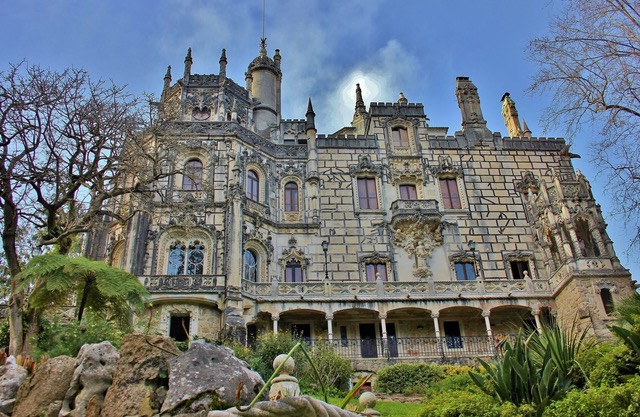
PORTUGAL
MASONIC ARCHITECTURE AND HERITAGE ROUTES IN PORTUGAL
From north to south, Portugal offers a rich heritage for those seeking to understand Freemasonry and its impact on society, culture and history.
Visiting these places is not only a journey into the past, but also an opportunity to reflect on the values of liberty, equality and fraternity that remain relevant today.
Whether through its architecture, its symbolism or its historical significance, these places invite you to explore the fascinating world of Freemasonry on Portuguese lands.
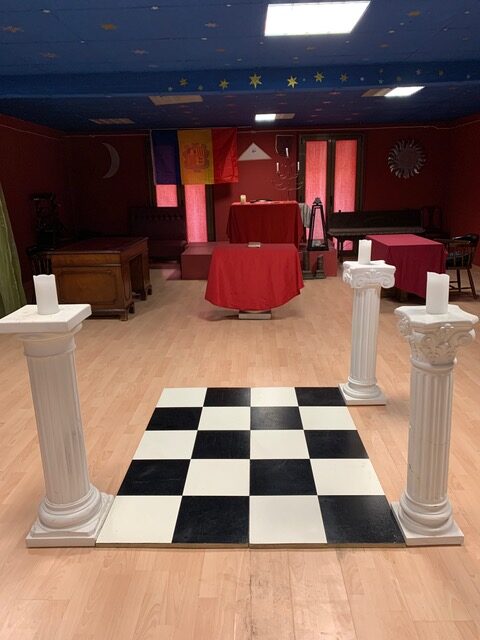
ANDORRA
MASONIC ARCHITECTURE AND HERITAGE ROUTES IN ANDORRA
On May 9, 1996, the Grand Lodge of Free and Accepted Masons of California, represented by Grand Master Charles H. Alexander, authorized Douglas Lemons, Past Grand Master of California, to assist and be his emissary at the Consecration of the Regular Grand Lodge of Andorra (« Gran Lògia Regular d’Andorra »). The ceremony took place in the Principality of Monaco, due to the difficulties encountered.
Freemasonry is active in Andorra, however there are no monuments or heritage sites specifically dedicated to this Institution in the country. Masonic activities take place mainly in the two existing Temples, which are not accessible to the general public.
Andorran masons have encountered difficulties throughout history, and they have had to work discreetly and hidden from the eyes of the powers that have harmed freedom in art and science.
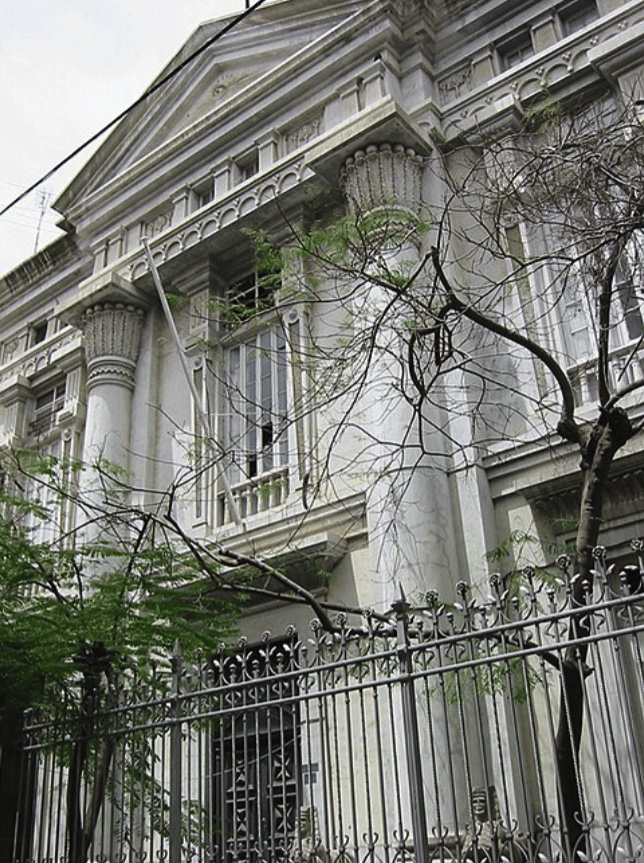
CANARIES
MASONIC ARCHITECTURE AND HERITAGE IN CANARIES
Following the autonomist movement within the Grand Orient of Spain in 1920, the Canarian lodges Añaza, Abora and Andamana jointly decided to create a Regional Grand Lodge of the Canary Islands. For this reason, on 28 November 1922, a committee met in Santa Cruz de Tenerife to organise a Regional Grand Lodge, made up of representatives of the Añaza (José Freixa Martí), Abora (Julián Rodríguez Ballester) and Andamana (Compagnie Juan Vich) Lodges, agreeing to appoint Amado Zurita Colet, from Añaza, as President.
On 20 February 1923, the Supreme Council of the 33rd Degree for Spain and its Dependencies issued a communication to Añaza Lodge 270 in which it decided to authorise the constitution of a Regional Grand Lodge of the Canary Islands which would sponsor the Lodges established there ‘in view of the existing reasons for doing so’.
The transition to democracy restored the legality of Spanish Freemasonry. Since the early 1980s, Canarian Freemasonry has concentrated on Gran Canaria, Tenerife and Lanzarote, initially attaching itself to the Grand Lodge of Spain and its Supreme Council of the 33rd Degree, not without some English reticence due to the philosophy of the Rite of Emulation. But the Masonic feelings of Canary Island Freemasons, linked to their historical tradition, are far removed from the Anglo-Saxon concept of ‘brotherhood’, not only in ritual but also in way of thinking.
cartographIE
France
Andorra
Austria
In Austria, the paths lead to Vienna, rich in Masonic history, which can be discovered throughout its well-restored streets and buildings. Exploring this history takes one back to a significant heritage, from Mozart to the Austro-Hungarian Empire, where Freemasonry is prominently present.
Belgium
Canaries
Following the autonomist movement within the Grand Orient of Spain in 1920, the Canarian lodges Añaza, Abora and Andamana jointly decided to create a Regional Grand Lodge of the Canary Islands. For this reason, on 28 November 1922, a committee met in Santa Cruz de Tenerife to organise a Regional Grand Lodge, made up of representatives of the Añaza (José Freixa Martí), Abora (Julián Rodríguez Ballester) and Andamana (Compagnie Juan Vich) Lodges, agreeing to appoint Amado Zurita Colet, from Añaza, as President.
On 20 February 1923, the Supreme Council of the 33rd Degree for Spain and its Dependencies issued a communication to Añaza Lodge 270 in which it decided to authorise the constitution of a Regional Grand Lodge of the Canary Islands which would sponsor the Lodges established there ‘in view of the existing reasons for doing so’.
The transition to democracy restored the legality of Spanish Freemasonry. Since the early 1980s, Canarian Freemasonry has concentrated on Gran Canaria, Tenerife and Lanzarote, initially attaching itself to the Grand Lodge of Spain and its Supreme Council of the 33rd Degree, not without some English reticence due to the philosophy of the Rite of Emulation. But the Masonic feelings of Canary Island Freemasons, linked to their historical tradition, are far removed from the Anglo-Saxon concept of ‘brotherhood’, not only in ritual but also in way of thinking.
Croatia
North Macedonia
Poland
In Poland, the journey first leads to the University Library of Poznan to see 80,000 Masonic works in various languages, including 2,400 in French dating back to 1730, which were stolen during World War II by the Nazis.
Next, in Tarnowskie Góry, a UNESCO-listed town, the cultural heritage has been enriched thanks to the town hall, which recovered objects from two Masonic lodges destroyed by the Nazi regime to create a museum. In this region, rich in silver mines, Freemasonry was highly developed. In the same town, a beautifully reconstructed castle houses a Masonic museum and a temple with Masonic furniture, where the lodge of the Grand Lodge of France has been able to meet for its work. One can spend a few days there, as there is a hotel and a restaurant.
Portugal
Our Institution, characterised by its commitment to Regular and Traditional Freemasonry, plays a significant role in the preservation and promotion of Masonic principles.
Romania
Since 1848, there existed in the center of Bucharest a ‘Street of the Freemasons,’ which retained this name until October 1940 (renamed Ștefan Furtună during the communist era and Mircea Vulcănescu since 1990). The ‘Master Mason Manole Walk’ attests to a myth of the guild of church builders in the Middle Ages on the territory of present-day Romania, which Mircea Eliade had already connected to the founding myths of Freemasonry. The country offers explorers all sorts of discoveries of remarkable architectural and Masonic heritage sites.
Serbia
A stroll through Belgrade offers many architectural surprises, revealing true treasures engraved on the facades of buildings. You will also find two suggested walks in the city, which provide a glimpse into Serbian heritage that has been miraculously preserved despite challenging periods since 1940. Enjoy the discovery !






